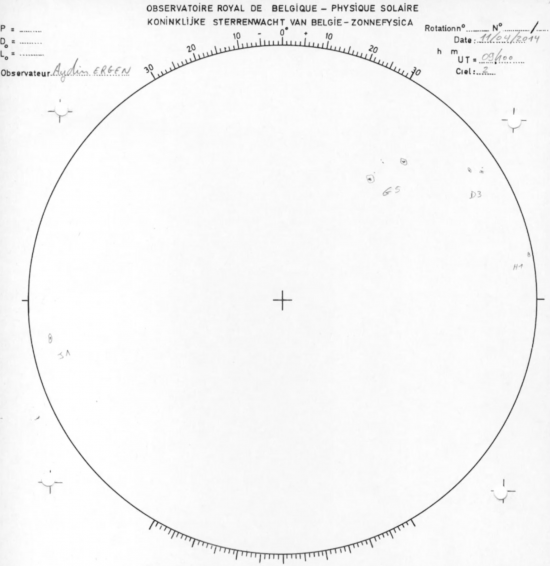
September 16, 2020
Sunspot Cycle 25 is beginning.
It is known that sunspots are an electromagnetic phenomenon, because gigantic loops of plasma can often be seen connecting two or more of them. How magnetism works on the Sun remains unclear to the mainstream. The filaments and “fibrils” seen with high resolution photographic equipment are difficult to explain without an electrical component.
For instance, heliophysicists are puzzled by sunspot penumbrae, since the standard solar model does not predict them. The electric model does predict them, and they correspond to an electrical description. Electric discharges often appear as long twisting filaments, or funnels, of glowing plasma whose centers are darker. Convection cells would have darker edges and brighter cores, because the interior of the Sun is (presumably) hotter and brighter in the conventional view.
Understanding why plasma is not “hot gas” is important.The difference between hot gas and plasma is a simple matter of electric charge. Plasma contains charged particles, whereas neutral matter is just what its name implies: all charges are combined. Sunspots are not the result of gas convection modified by magnetism, sunspots are electrical structures.
In an Electric Universe, the sunspot cycle is most likely due to fluctuations in the Sun’s external power supply. Varying charge density from Solar System Birkeland currents apply more or less power to the electrical circuit that lights up our daytime sky. Rather than a weak Sun, the lack of sunspots here at the beginning of Solar Cycle 25 is most likely due to a weaker current flow through the galaxy.
The Sun’s 11 year cycle of increased and decreased output is linked to the severity of weather events, such as hurricanes or droughts on Earth. Although solar energy varies over the course of a sunspot cycle, that variance amounts to less than one-tenth of one percent, far too little to account for the intensity seen in storms, or increased regions of drought.
As with most other theories, the climate model suggested by consensus investigators is based on kinetic energy: heat and the movement of the atmosphere. Nowhere in the scientific press is it acknowledged that electric currents and the strength of the ion flux from the Sun are the primary drivers of climate fluctuation.
As written in a previous Picture of the Day, decreased solar activity means an increase in charged particles flowing into Earth’s electrical circuits. This happens because the Sun’s electromagnetic field declines during solar minimum, reducing its shielding effect on the planets. More charged particles entering Earth’s atmosphere means more clouds can form, which means more rain will fall for the next few years.
Stephen Smith
The Thunderbolts Picture of the Day is generously supported by the Mainwaring Archive Foundation.












